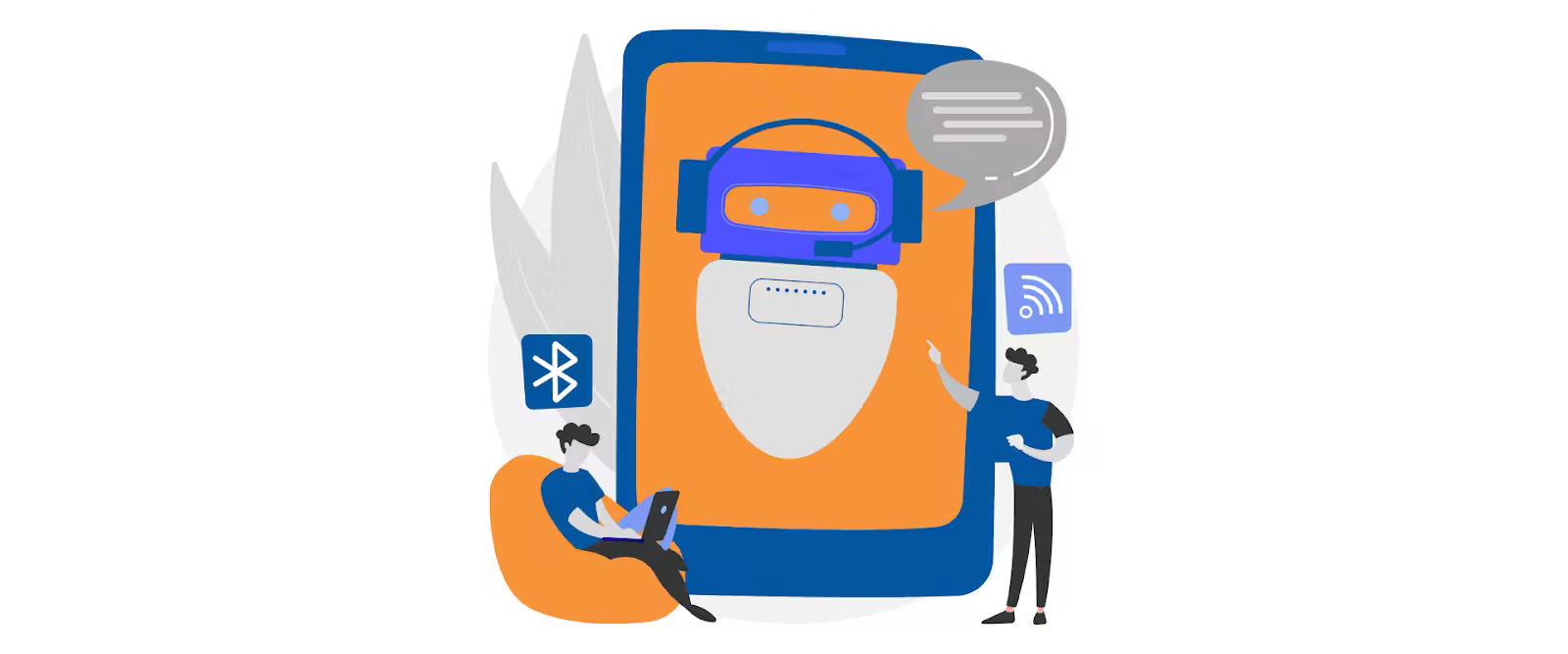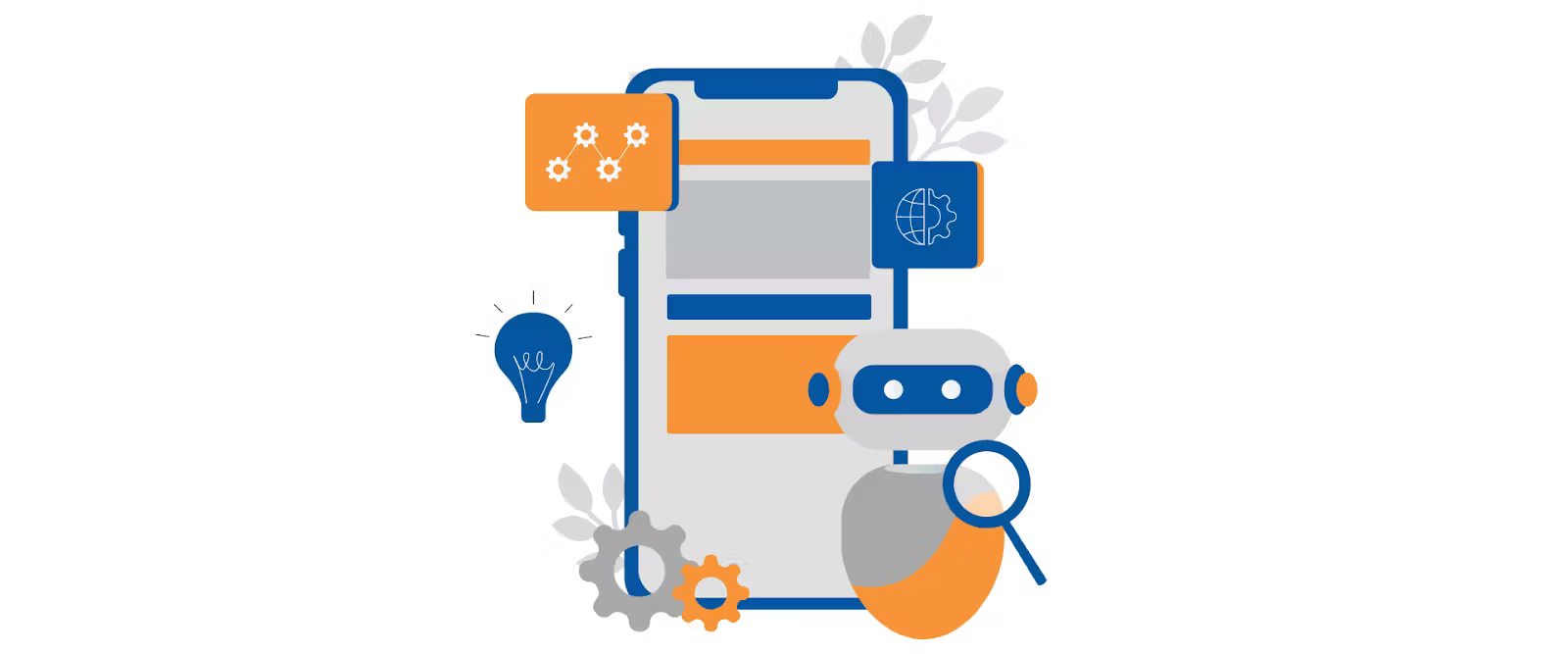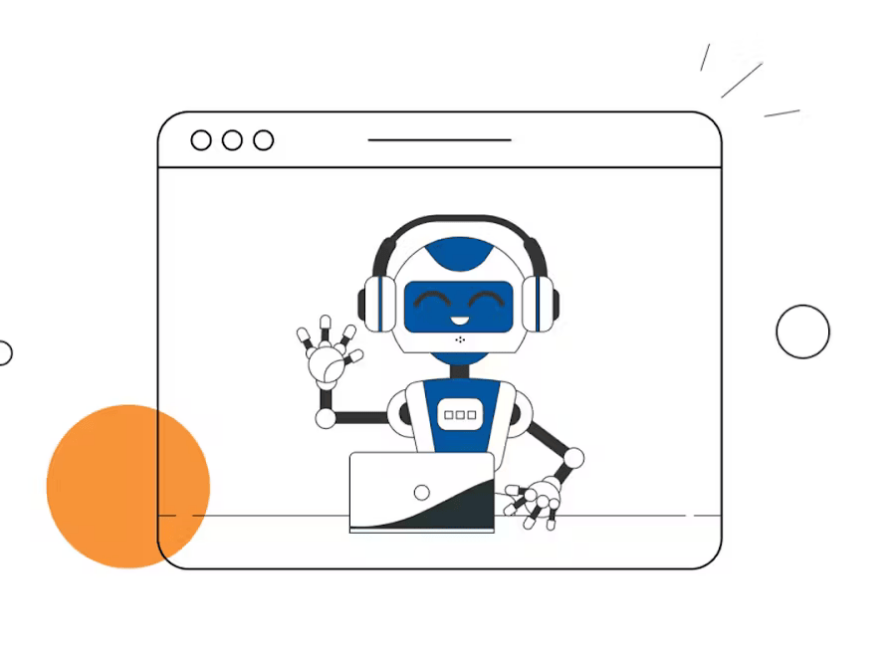This integration is driven by advancements in cloud computing, streamlined digital workflows, and ongoing improvements in AI and machine learning technologies. These changes are not only reshaping how we gather and analyze data but also making things more efficient, productive, and user-friendly. What once seemed like science fiction is now just a normal part of our day-to-day interactions.
“Research by Gartner predicts that AI-powered chatbots will handle 70% of customer interactions, resulting in a 25% increase in overall customer service efficiency.”
Chatbots: The Rule-Based Foundation
In the early days of chatbot development, rule-based systems served as the foundation for automated interactions. These systems operated on predefined scripts and decision trees, guiding conversations based on predetermined rules. While they were capable of handling basic inquiries and providing scripted responses, they lacked the ability to understand context or engage in natural conversation.
Users often felt frustrated by the rigid and limited interactions offered by these rule-based systems, as they were unable to adapt to the nuances of human language or tailor responses to individual preferences. As technology advanced, the limitations of rule-based chatbots became increasingly evident, prompting the exploration of more sophisticated approaches to conversational AI.
The Emergence of AI Chatbots
With the advent of artificial intelligence (AI) and machine learning, chatbots underwent a transformative evolution. AI-powered chatbots ushered in a new era by harnessing advanced algorithms to decipher user inputs, discern intent, and craft responses that resonate contextually.
Unlike their rule-based predecessors, AI chatbots possess the remarkable ability to learn from interactions, adapt to diverse scenarios, and deliver personalized assistance tailored to each user’s unique preferences. This shift revolutionized the landscape of conversational AI, paving the way for more intuitive and engaging user experiences.
Transitioning from Rule-Based to AI Conversational Agents
The transition from rule-based systems to conversational agents represents a pivotal moment in the evolution of chatbots. Conversational agents, driven by AI and natural language processing (NLP), embody a leap forward in capability, enabling fluid and human-like interactions.
These agents excel at deciphering natural language, discerning subtle nuances in conversation, and offering dynamic responses that mimic genuine human interaction. This paradigm shift empowers chatbots to engage users more meaningfully, fostering deeper connections and enhancing overall user satisfaction.
“Implementing AI-Powered Chatbots: Best Practices”
Implementing AI-Powered Chatbots: Best Practices

- Adopting a Data-Driven Approach
- Continuous Training and Improvement
- Seamless Integration with Existing Communication Channels
- Personalization and Context Awareness
- Proactive Engagement and Assistance
“AI adoption could contribute up to $13 trillion to global economic activity by 2030, with chatbots playing a significant role in this transformation.”
Real-World Impact of AI Chatbots
- Improved Customer Satisfaction
Unlike traditional customer service channels that may have long wait times or limited availability, AI chatbots are available 24/7 to assist customers, ensuring that their needs are addressed in a timely manner.
- Enhanced Efficiency
Moreover, AI chatbots can handle multiple inquiries simultaneously, reducing wait times and improving response rates. By offloading routine tasks to AI chatbots, businesses can optimize their resources and ensure that customer service teams can deliver a higher level of service to customers.
- Cost Savings
Furthermore, AI chatbots can help businesses identify and resolve customer issues more efficiently, reducing the likelihood of costly escalations or disputes. Overall, the cost savings associated with AI chatbots can contribute to improved profitability and financial performance for businesses.
- Business Growth
McKinsey reports that AI adoption could contribute up to $13 trillion to global economic activity by 2030, with chatbots playing a significant role in this transformation.
Future Trends and Innovations
 Looking ahead, the future of chatbots is brimming with exciting possibilities. Voice-enabled chatbots are gaining traction, offering hands-free interactions and accessibility for users of all abilities. Furthermore, advancements in multilingual support enable chatbots to communicate fluently in diverse languages, catering to global audiences. Moreover, integrating emotional intelligence and empathy into chatbots holds promise for more empathetic and personalized interactions, enhancing user satisfaction and loyalty.
Looking ahead, the future of chatbots is brimming with exciting possibilities. Voice-enabled chatbots are gaining traction, offering hands-free interactions and accessibility for users of all abilities. Furthermore, advancements in multilingual support enable chatbots to communicate fluently in diverse languages, catering to global audiences. Moreover, integrating emotional intelligence and empathy into chatbots holds promise for more empathetic and personalized interactions, enhancing user satisfaction and loyalty.
In Summary
The evolution of chatbots from rule-based systems to AI-powered conversational agents has redefined how businesses interact with their customers. By harnessing the capabilities of artificial intelligence and natural language processing, chatbots have become indispensable tools for delivering seamless and personalized experiences across a wide range of industries.In this regard, Exper Labs continues to innovate and develop cutting-edge solutions and plays an important role in shaping the digital landscape. By embracing AI chatbots, Exper Labs positions itself as a leader in the industry, providing its clients with innovative solutions that drive tangible results. As technology continues to evolve, we remain committed to delivering exceptional value to our clients through the strategic adoption of AI-powered chatbots.



